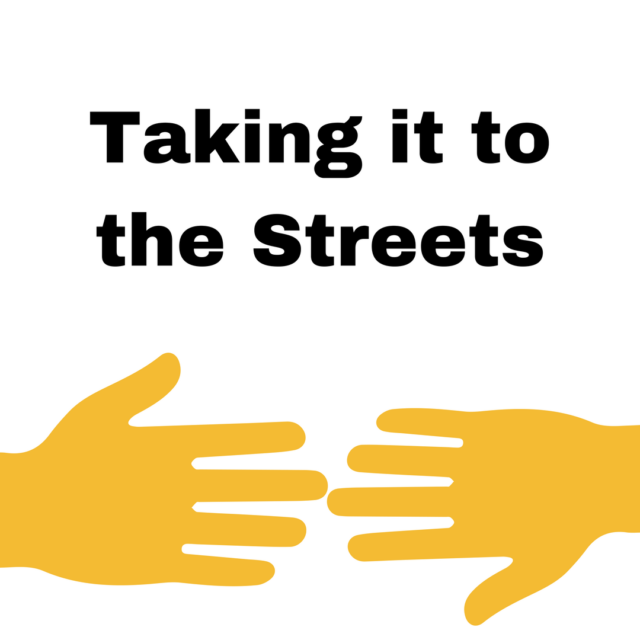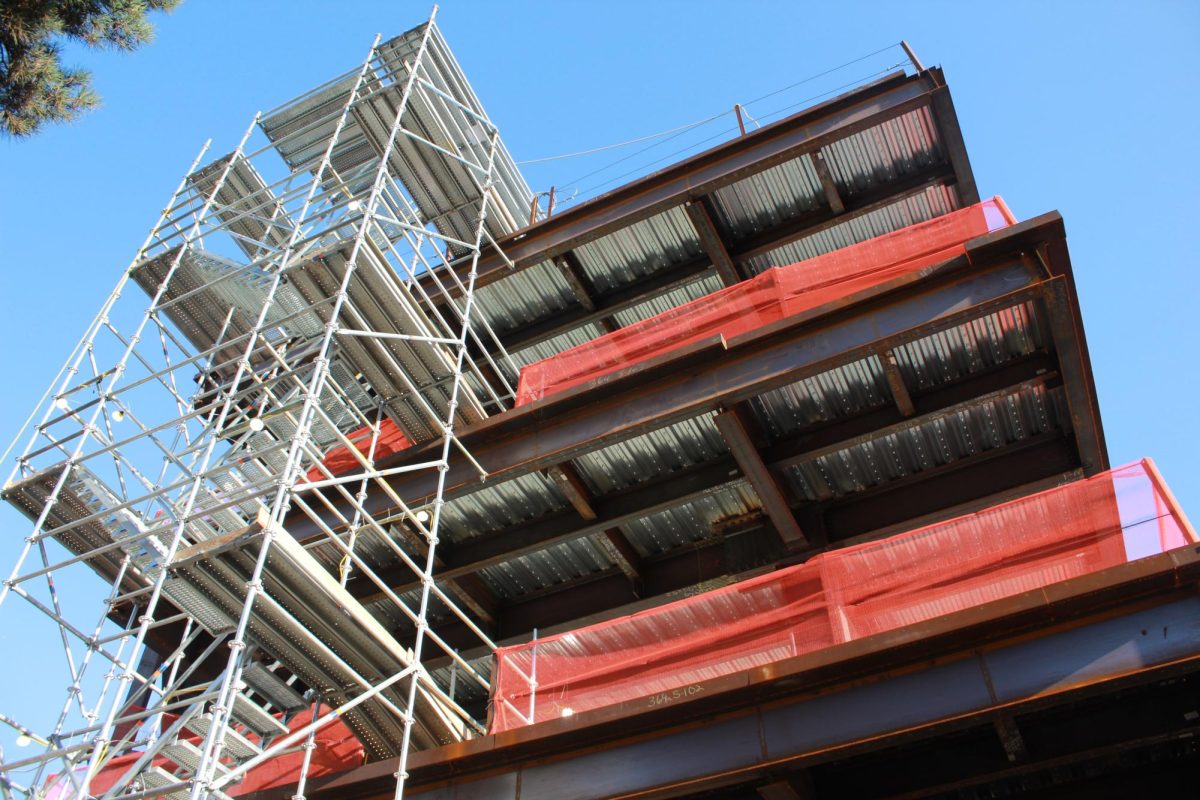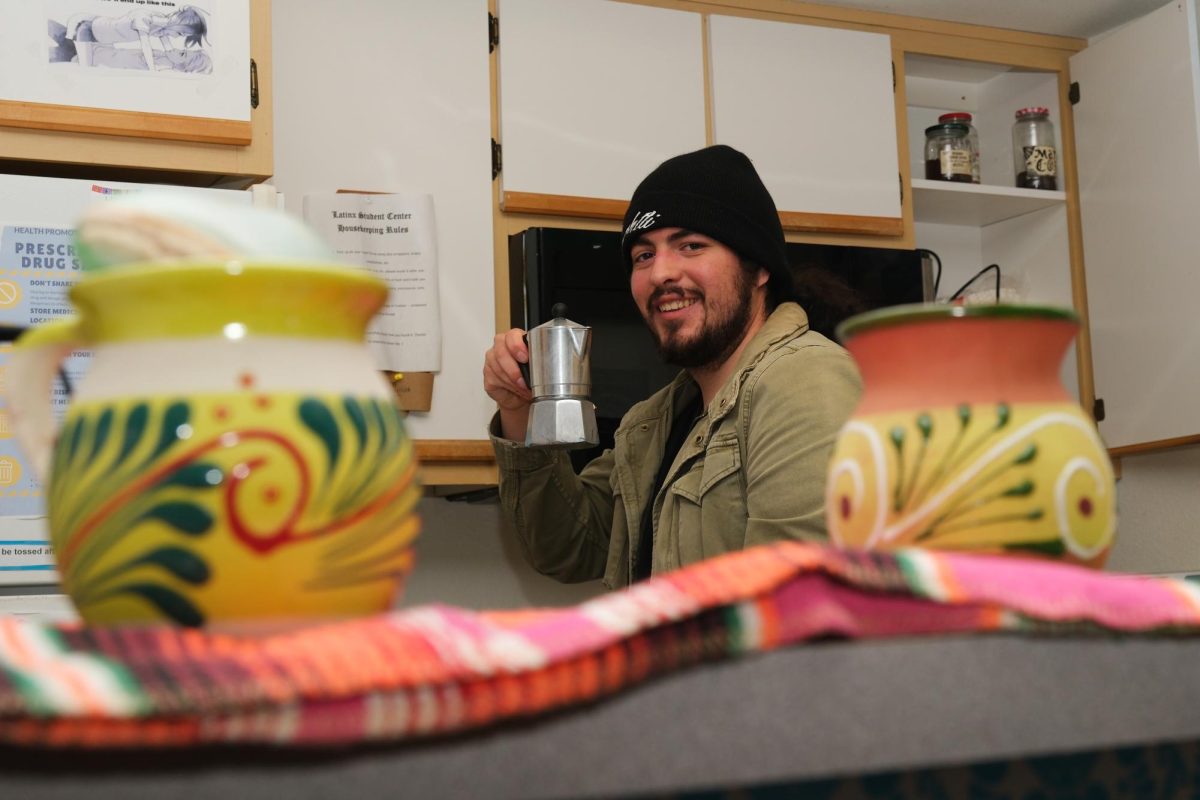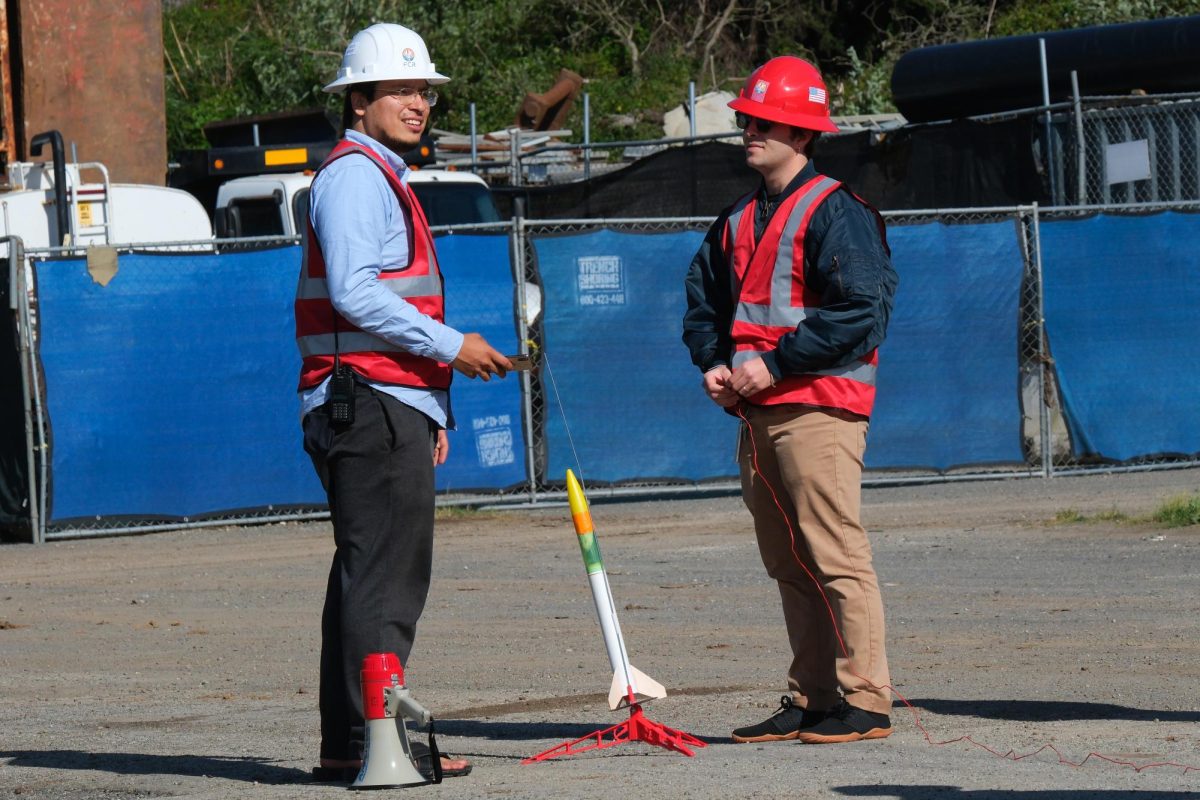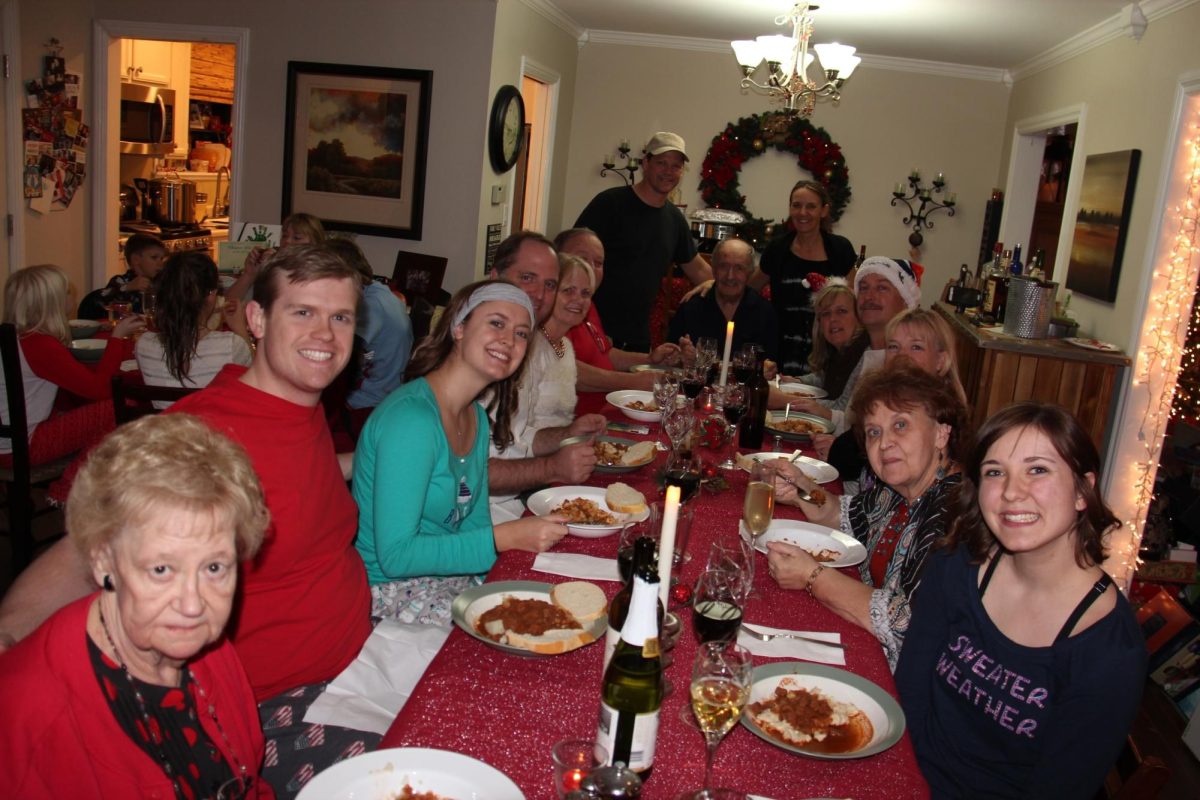San Francisco is known as a picture perfect city, with its cool neighborhoods, historic streets, bright colored bridge, and tourist spots that attract people from all over the world. However, the city encompasses people from both ends of a very long spectrum: just as there are those who live lavishly in beautiful three-story homes some can only dream of walking into, there are those who dream of resting their head anywhere besides the concrete.
At anytime on any given street coming across someone who is trying to conjure up some warmth under many layers of dirtied clothing is not an uncommon experience shared by many. The familiarity of such a scene for San Francisco natives is the reason most just keep walking past unphased. A strong, unfortunate desensitization, to say the least.
And not much change has occurred over the past couple years, according to a study called “The San Francisco Homeless Count & Survey” completed by Applied Survey Research. This research team conducts homeless counts all over the U.S. in order to provide accurate information to governments so they know how and where to target the issue. The entire survey has breakdowns by age, sexuality, race, and district, in addition to potential causes and what services are available.
For instance in the 2013 count, 41 percent of homeless people were sheltered, leaving 59 percent unsheltered. In both the 2015 and 2017 counts, 42 percent were sheltered and 58 percent were unsheltered.
“Surrounding counties are not as rich in services as San Francisco,” Eric Brown a program director for The Catholic Charities of San Francisco expressed.
“That is why many who are homeless come to the city.”
And more specifically the downtown area, according to the study “District 6 of San Francisco” which includes South of Market, the Tenderloin, and Treasure Island. This district has the highest count with a total of 3,680 – that is almost 50 percent of homeless population.
As such a prevalent issue, the problem of homelessness leaves people – the ones who care – with a sense of ‘how can I, as one person, evoque change?’
According to the previously mentioned study, about 70 percent of the total population at some point in time once possessed permanent residence in the city. The rest of the population migrated to the city from other locations, most seeking employment opportunities.
When we look at the bigger picture there is a systemic issue deeply embedded in our society, and in poverty. Looking deeper than a problem of poverty is the concern of who is better treated in society; the answer is definitely not people of color with a history of residential segregation.
Fortunately there is a multitude of organizations, including “Taking It To the Streets,” in every district that help house, feed, or provide much needed assistance to those affected by this ongoing systemic issue.
The Catholic Charities of San Francisco, which has a location in the Tenderloin, in the Mission district, and even more locations outside of the city, help with the issue of homelessness through their provided shelter, housing subsidies, eviction prevention services, and permanent supportive housing programs.
“We’re focused on not criminalizing the homelessness,” one of the Catholic Charities of San Francisco’s program director, of 19-year-years who wished to remain nameless, explains.
“It’s tough with all the businesses that exist here and all of the wealth, but we’re ever hopeful.”
The Catholic Charities of San Francisco continues to expand its efforts as they are planning to open an additional access point.
According to the San Francisco Homeless Count Report, there are about 7,499 homeless individuals in the city. The Tenderloin area having the highest population and the Sunset district having the lowest. As far as race goes, 35 percent are Caucasian, 34 percent are Black, 4 percent are Asian, 3 percent are Native American, 2 percent are Pacific Islander, and 22 percent are described as multiracial.
In the Mission District they have the Dolores Street Community services that provides shelter to a demographic that is primarily recent immigrants, as their goal is help those who have been marginalized by society in that area.
“The police force, the housing crisis, and gentrification all contribute to people being stuck in the cycle that is homelessness,” Yesenia Lacayo, a program manager of the organization points out.
“The older generation of San Francisco natives who have grown up here and have been here for decades get pushed out and become homeless.”
The Tenderloin Neighborhood Development Corporation houses 4,100 low-income residents in six different districts around the city. Many are familiar with the Tenderloin being the heart of homelessness in the city. It might lead one to question; why does the problem of homelessness continue to exist with all these organization at their disposal?
“Even with plenty to go around people still need help to find these programs,” Shay Jones from the program proposes as a possible answer.
There are a multitude of organizations that try to help the homeless and those who can’t afford to eat a healthy amount of food per day. One of those is CalFresh, provided by the SF Marin Food Bank. In multiple of their locations they provide weekly free meals and fresh food. The demographic they see the most consists of those in transition out of homelessness, according to their Program Manager Tina Gonzalez, who has been with the organization for the past four years.
“Yeah I would say there has been a rise in the amount of encampments in the past four years, a lot of people depend on programs like these for stability,” said Gonzalez.
Evidently there is an abundance of resources that exist and continue to develop geared toward helping the issue of homelessness. However, if significant change is not taking place, it only reinforces that fact that this issue runs deeper than being able to stretch what money the city dedicates toward the issue. It is embedded in society and San Francisco culture especially. So until action is taken to get to the root of the systemic racism, the cost of living, and the many disparities amongst class and wage the absence of significant change will continue.


